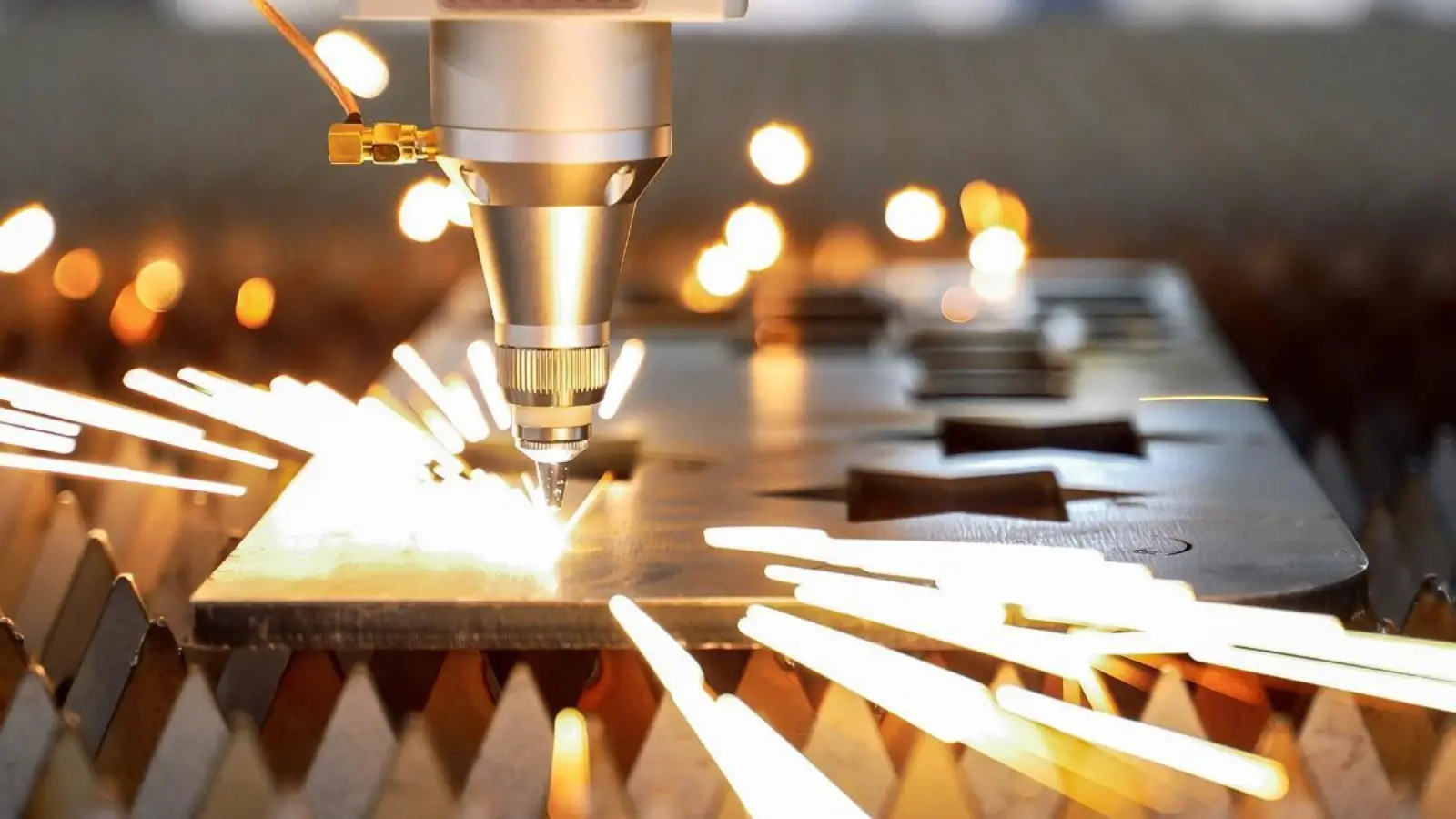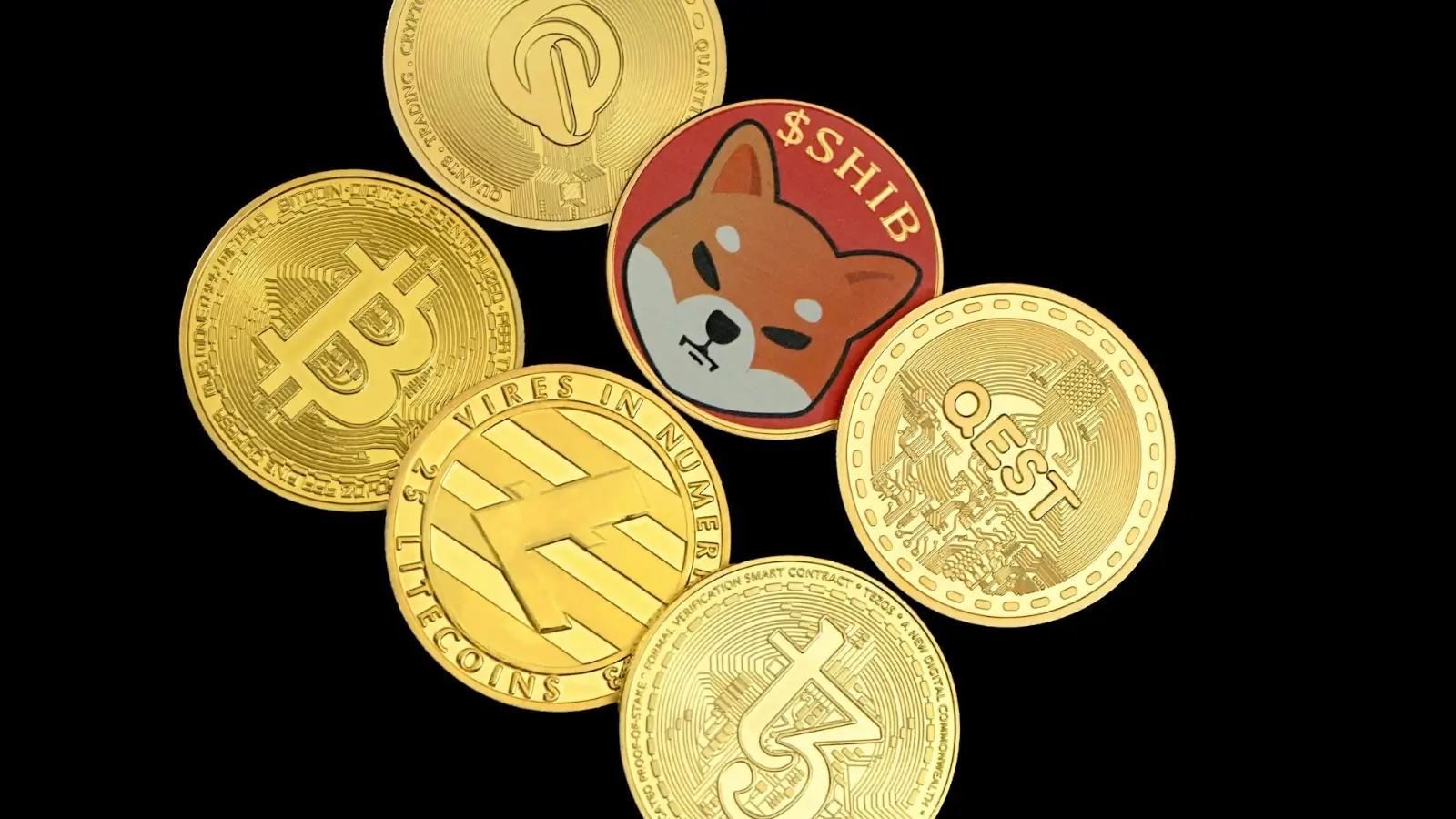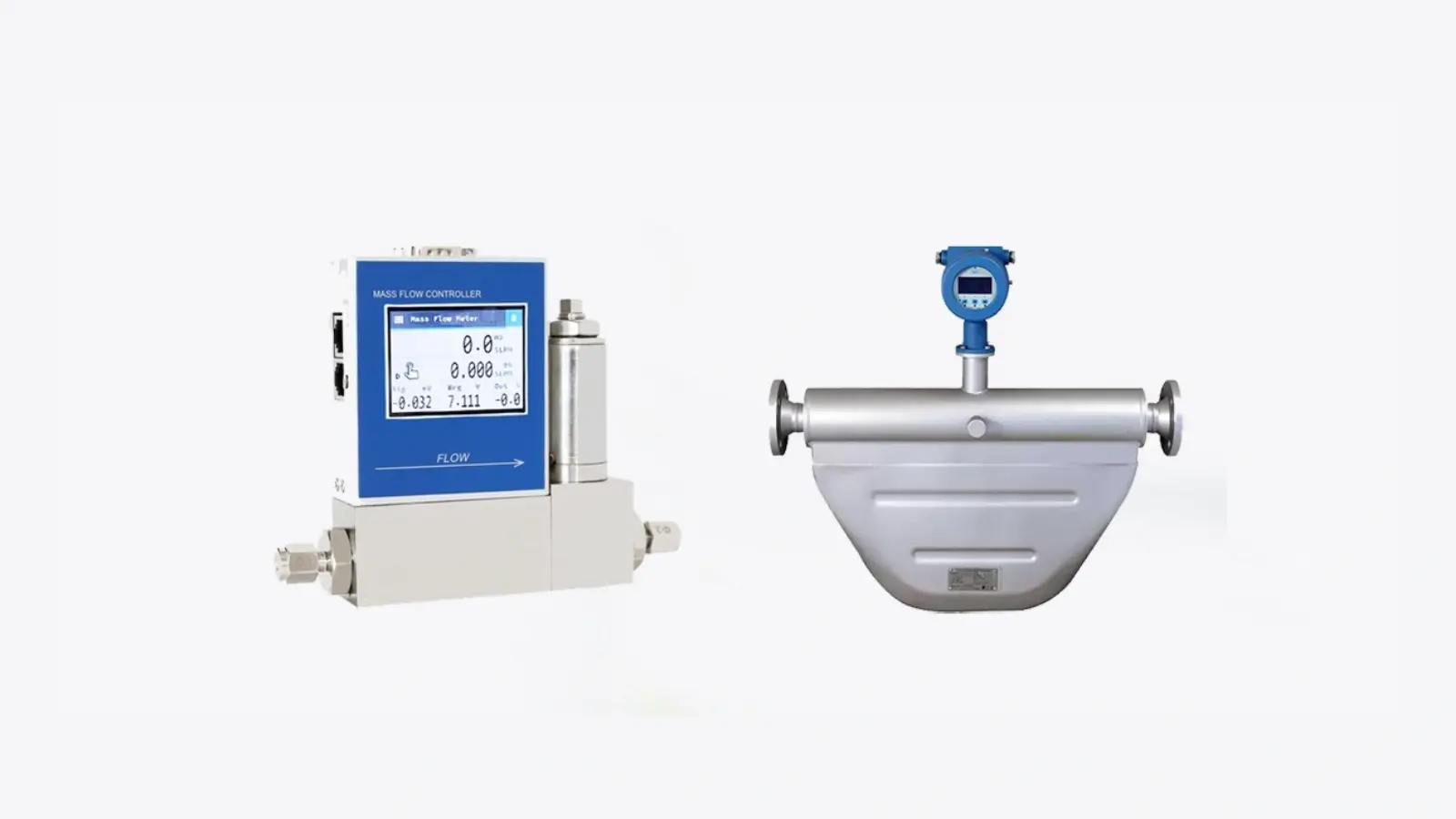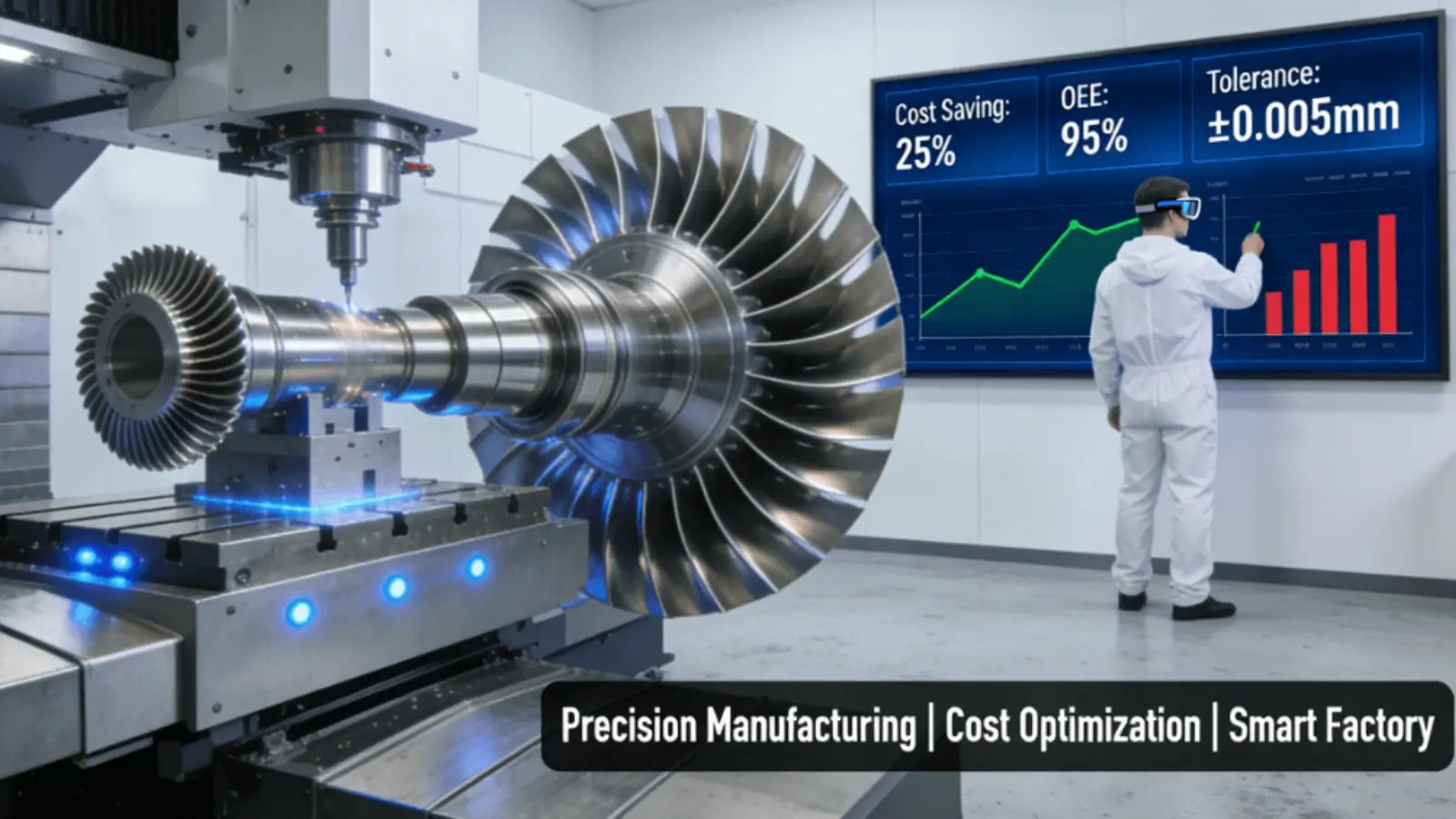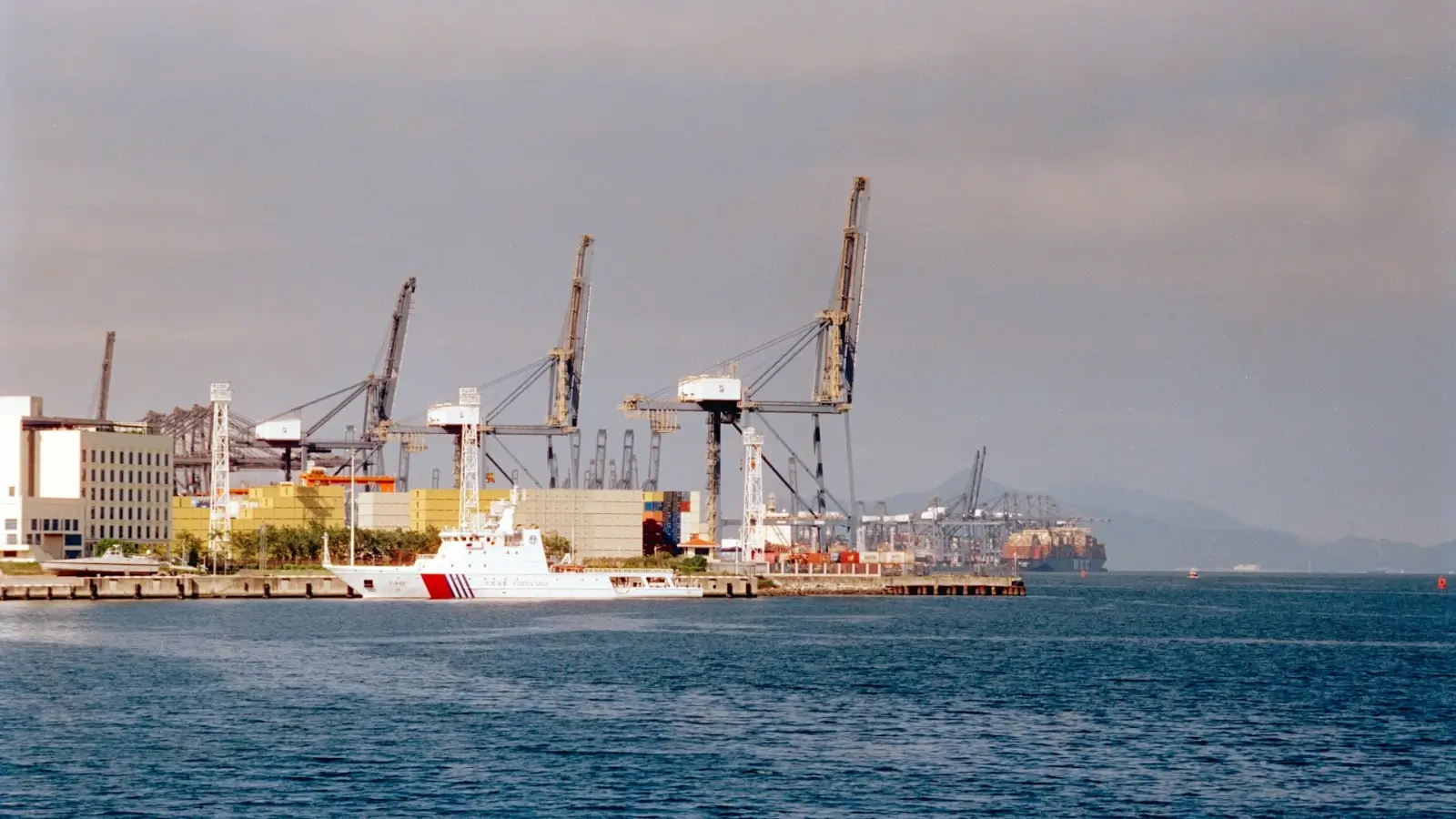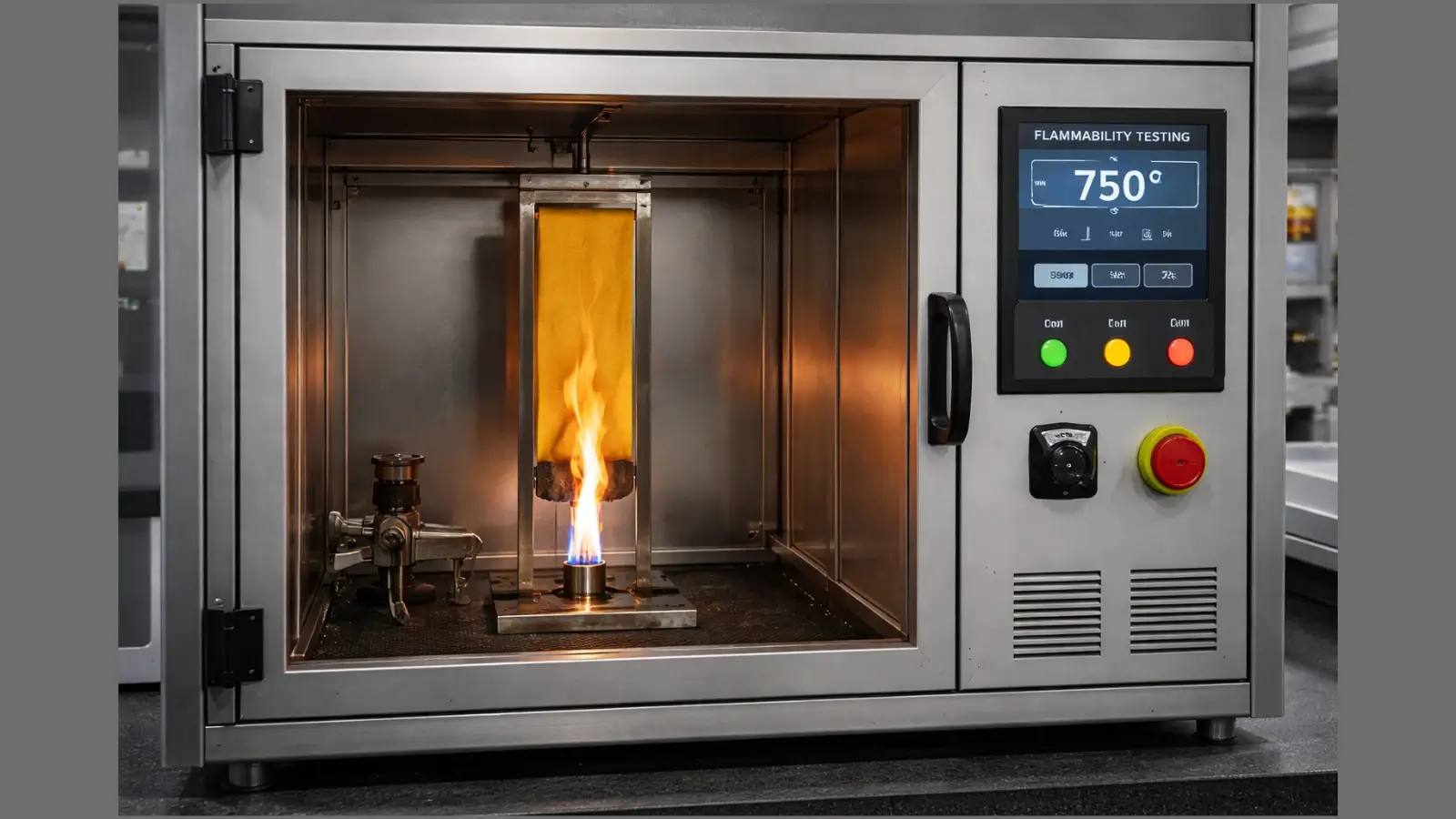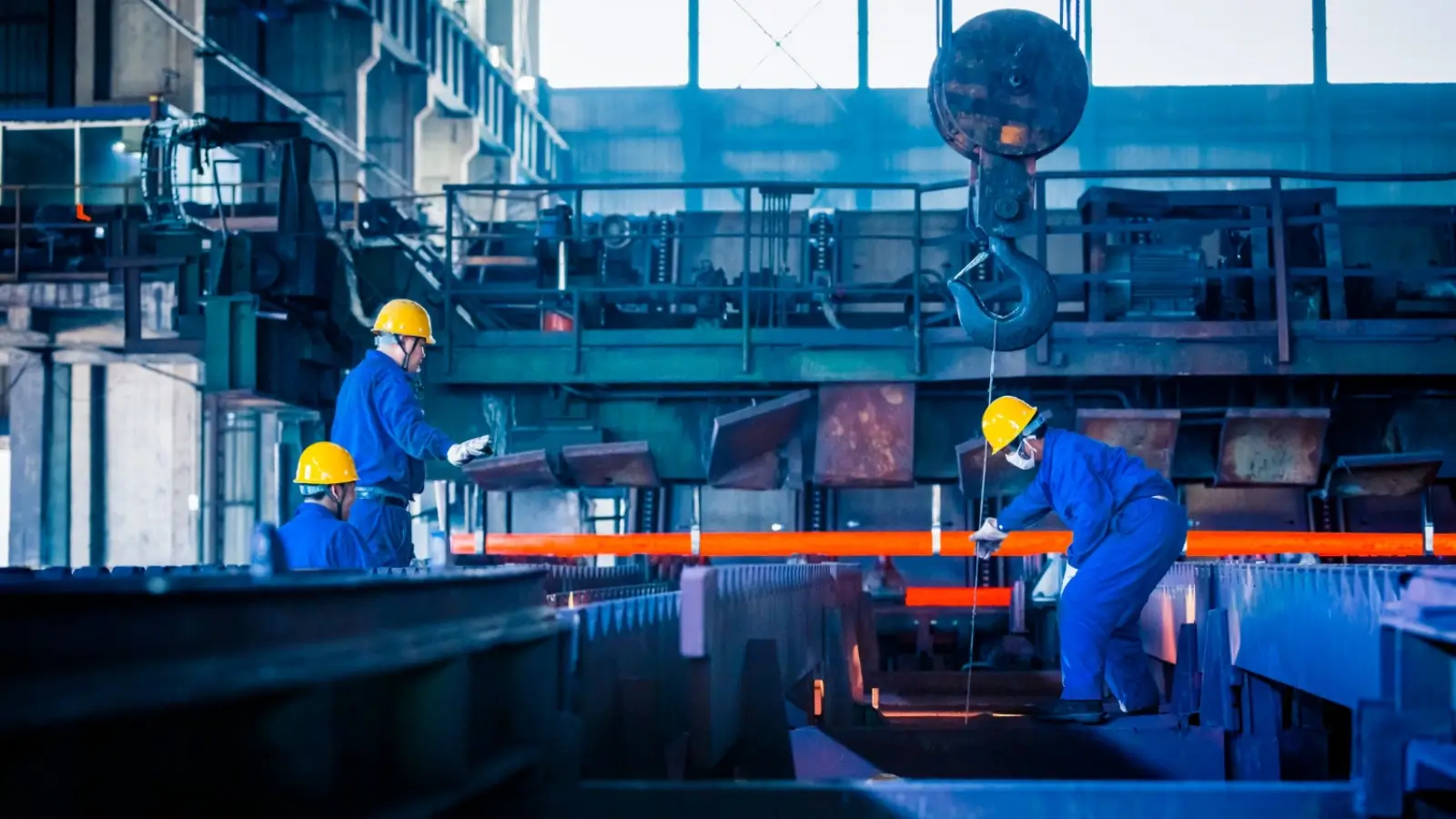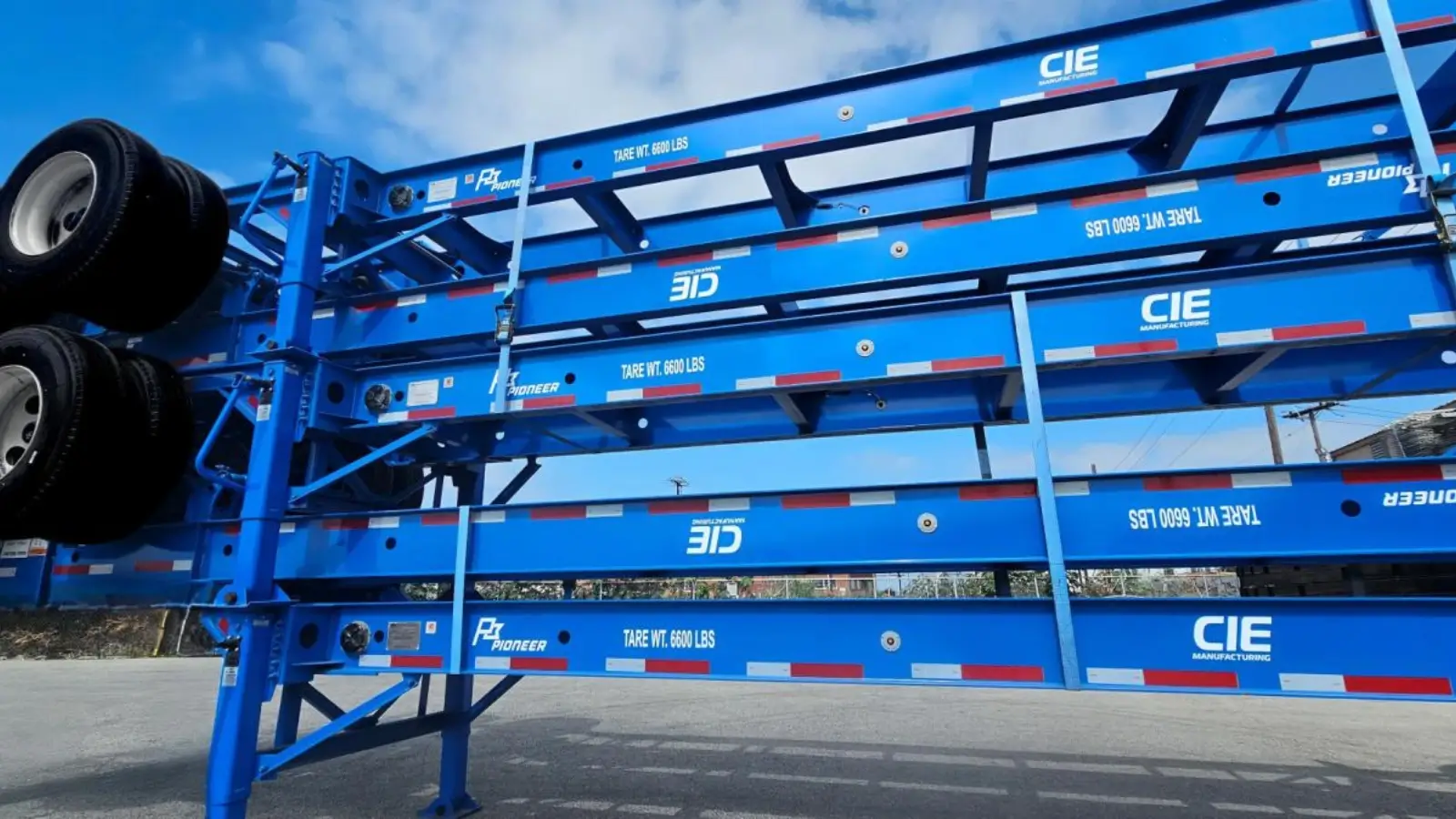The manufacturing industry has experienced monumental changes over the past few decades, especially with the advent of advanced technologies that enhance production capabilities. One such technology that has been at the forefront of innovation is laser cutting. This technique harnesses the power of lasers to cut and shape materials with remarkable precision, efficiency, and speed. This breakthrough has led to transformative developments in various sectors, including automotive, aerospace, electronics, and medical devices—all of which demand exacting standards in manufacturing.
The Evolution of Precision Manufacturing
Precision manufacturing pertains to the production of components and devices that have very tight tolerances and are produced with the highest level of accuracy. It is a field where even the minutest of errors can lead to significant functional discrepancies, making traditional cutting methods somewhat outdated when confronted with modern-day demands. Laser cutting has emerged as a solution to tackle these challenges head-on.
The Significance of Laser Technology
Laser technology has proven to be indispensable in today's manufacturing landscape. It employs a concentrated beam of light that can cut through a wide range of materials, such as metals, plastic, glass, composites, and even ceramics. The versatile nature of this technology allows for complex shapes and designs to be executed with precision that was once deemed unattainable.
Benefits of Laser Cutting
When compared to traditional mechanical cutting methods, laser cutting stands out due to several key advantages. One of the most crucial benefits is its ability to maintain consistent accuracy over high volumes of production. This is particularly valuable for industries where quality and uniformity cannot be compromised.
Another advantage is the reduced need for finishing processes. Since laser cutting produces clean edges and fine details, additional machining or finishing efforts are often reduced or eliminated entirely. This translates not only to time savings but also a reduction in overall production costs.
Moreover, laser cutting is more environmentally friendly than conventional methods. It generates fewer waste products and requires less energy, given that it often shortens the production process by eliminating multiple steps that would have been necessary with older methods.
Unleashing Creative Potential
Designers and engineers often found themselves limited by the capabilities of traditional manufacturing processes. Now, with laser cutting technology, they can explore innovative designs that were previously not feasible. The high level of precision allows for intricate cuts without affecting the structural integrity of the material, enabling the creation of more sophisticated products.
Applications in Various Industries
The versatility of laser cutting has made it an indispensable tool across various sectors. In the automotive industry, for example, parts manufactured with this technique can be found in almost everything—from the chassis to the engine components, where precision and reliability are crucial.
In the field of electronics, where components are constantly being miniaturised, the accuracy of laser cutting is essential for creating small parts that must fit together perfectly. Meanwhile, in the medical field, laser-cut components are used in life-saving devices such as pacemakers and surgical instruments.
Challenges and Considerations
Despite its numerous benefits, laser cutting isn't without its challenges. Manufacturers must consider factors such as the reflectivity and thickness of the material being cut, as these variables can impact the quality and efficiency of the cutting process. Additionally, operators require specialised training to handle laser-cutting equipment safely and efficiently.
The Future of Laser Cutting in Precision Manufacturing
The future of laser cutting in precision manufacturing is closely tied to advancements in laser technology itself. As lasers become more powerful, precise, and versatile, new opportunities for innovation in manufacturing processes are expected to arise. The potential applications for laser cutting are bound to expand, pushing the boundaries of what is possible in precision manufacturing.
In conclusion, laser cutting has significantly revolutionised precision manufacturing. By offering unmatched precision, efficiency, and flexibility, it supports a wide array of applications and leads to cost-effective and environmentally sustainable production. As manufacturers continue to seek improvements in production and design, it is clear that laser cutting will remain an invaluable component of the manufacturing toolbox, driving progress across multiple industries.
The continuous developments in laser cutting technology signal an increasingly dynamic future for the manufacturing sector, where precision, intricacy, and speed are not just aspirations but tangible realities. By fully embracing laser cutting, manufacturers are setting new benchmarks for quality and innovation, ensuring that today's leading-edge is tomorrow's standard.

